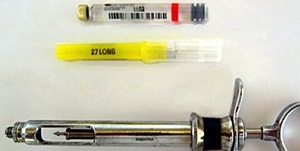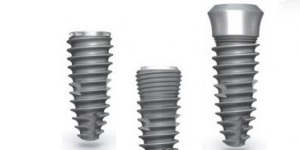
بی حس کننده های موضعی
2015-09-08
Tooth Loss From Disease
2015-09-08Sometimes your dentist needs to numb a part of your mouth. He or she injects medicine into your gum or inner cheek. This medicine is called local anesthesia
Lidocaine is the most common local anesthetic that dentists use. There are many others. They all have names ending in “-caine.” Many people think of Novocain as the classic numbing drug. But Novocain actually is not used anymore. Other drugs last longer and work better than Novocain. These drugs also are less likely to cause allergic reactions
The numbing drug is only one part of what’s injected. The liquid in the injection also can include
A type of drug called a vasoconstrictor. This drug narrows your blood vessels. This makes the numbness last longer
A chemical that keeps the vasoconstrictor from breaking down
Sodium hydroxide, which helps the numbing drug work
Sodium chloride, which helps the drugs get into your blood
There are two kinds of numbing injections. A block injection numbs an entire region of your mouth, such as one side of your lower jaw. An infiltration injection numbs a smaller area. This is the area near where the injection was given
If you need local anesthesia in order to have your dental treatment done, your dentist will dry part of your mouth with air or cotton. Many dentists then swab the area with a gel to numb the skin.
Then, your dentist will slowly inject the local anesthetic. Most people don’t feel the needle. Instead, the sting they feel is caused by the anesthetic moving into the tissue.






